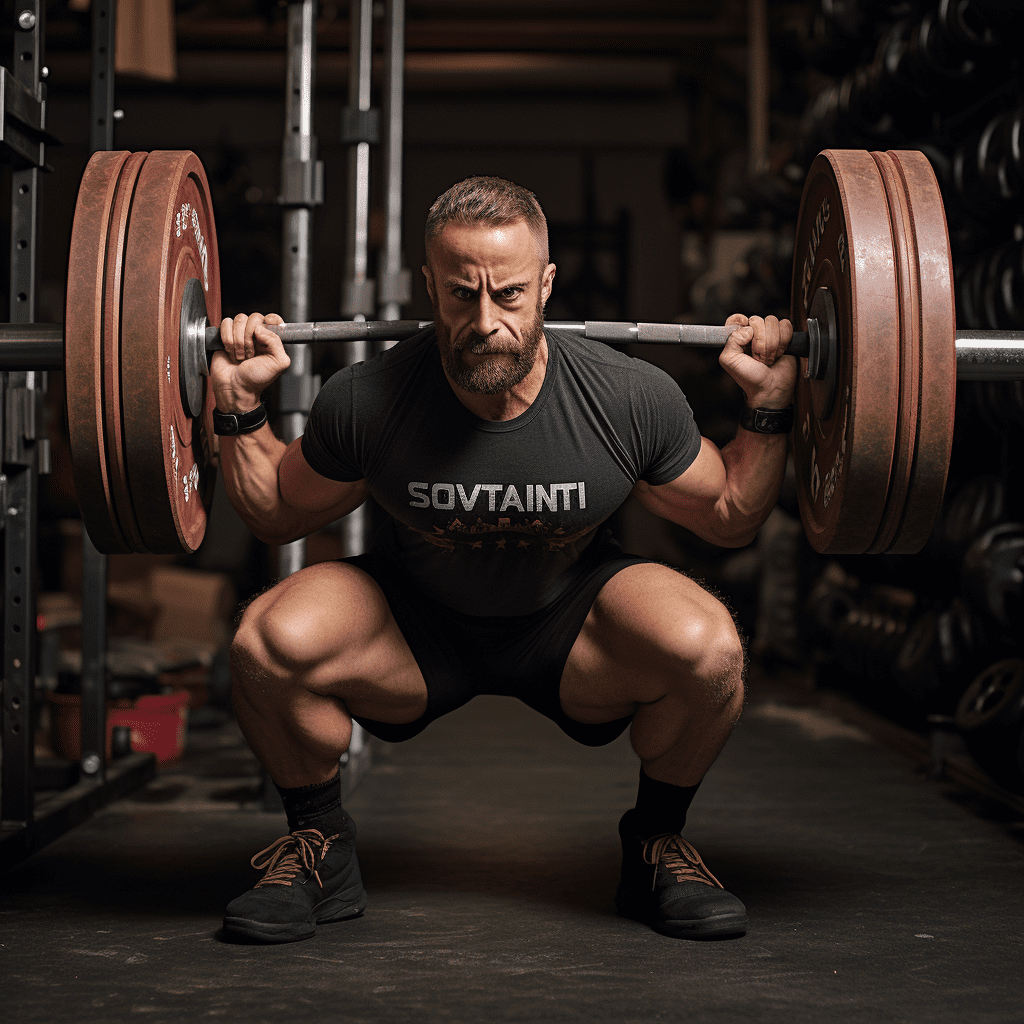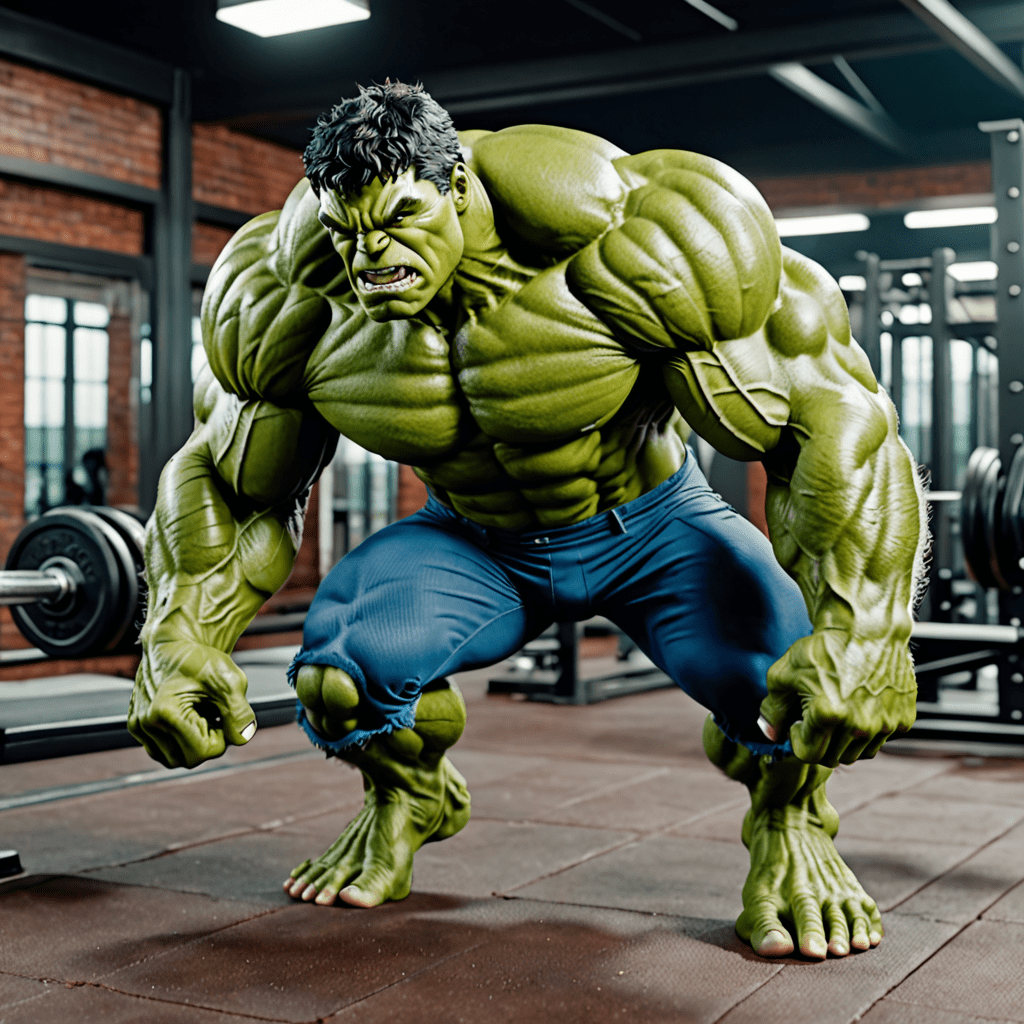
Why Can’t I Squat Low?
Introduction
Squatting low is an essential and fundamental movement in strength training and many athletic activities. However, for some individuals, achieving a deep squat position can be challenging or even impossible. In this article, we will discuss some possible reasons why you might be struggling to squat low and provide suggestions on how to address these issues.
Lack of Mobility
One of the most common reasons why individuals struggle to squat low is a lack of mobility. Poor ankle, hip, or thoracic spine mobility can limit your ability to achieve a deep squat position. Limited ankle flexion, for example, can cause your heels to lift off the ground during a squat. To improve your mobility, incorporate exercises such as ankle mobilizations, hip flexor stretches, and thoracic spine rotations into your warm-up or cooldown routines.
Muscular Imbalances
Muscular imbalances can also hinder your ability to squat low. Weak or tight muscles around the hips, glutes, and lower back can affect your squatting form and depth. Strengthening the glutes, quadriceps, and core through exercises like lunges, glute bridges, and planks can help address these imbalances and improve your squat performance.
Lack of Technique and Form
Proper squat technique is crucial for achieving a deep squat position. Many individuals struggle because they haven’t developed the correct form or technique. Common mistakes include leaning too far forward, allowing the knees to collapse inward, or initiating the movement from the knees rather than the hips. Working with a qualified trainer or coach who can assess your form and provide guidance can be immensely helpful in improving your squat technique.
Fear or Psychological Barriers
Fear or psychological barriers can also prevent individuals from squatting low. Fear of falling, lack of confidence, or previous injuries may contribute to hesitations in executing a deep squat. It’s essential to address these psychological barriers through mindset work, gradually building up confidence and trust in your body’s abilities.
Structural Limitations
In some cases, individuals may have structural limitations that prevent them from squatting low. This could include bone structure, joint issues, or previous injuries that limit range of motion. If you suspect a structural limitation, it is recommended to consult with a healthcare professional specializing in sports medicine or physical therapy to evaluate your situation and provide appropriate guidance.
Inadequate Warm-Up and Mobility Routine
An inadequate warm-up and mobility routine can restrict your ability to squat low. Before attempting squats, it is crucial to prepare your body properly. Incorporating dynamic movements and targeted mobility exercises specific to the squatting motion can help warm up your muscles, increase your range of motion, and improve your squatting depth.
Frequently Asked Questions (FAQ)
Q: How long does it take to improve squat depth?
A: The time it takes to improve squat depth varies for each individual and depends on various factors such as current mobility, muscular imbalances, and consistency in addressing these issues. With consistent effort, including mobility exercises and strength training, improvements can be seen within a few weeks to several months.
Q: Are deep squats necessary for everyone?
A: While deep squats offer numerous benefits, including increased muscle activation and mobility, they may not be suitable for everyone. Individuals with certain orthopedic conditions or mobility limitations should consult with a healthcare professional to determine the safest and most effective squatting depth for their specific situation.
Q: Can I still build leg strength without squatting low?
A: Yes, it is possible to build leg strength without squatting low. Exercises such as lunges, step-ups, leg presses, and Bulgarian split squats can target the muscles of the lower body effectively, even if squatting deep is challenging. Consult with a trainer or coach to customize a strength training program that suits your specific needs and limitations.
Q: Should I push through pain when attempting to squat low?
A: No, you should never push through pain when attempting to squat low or during any exercise. Pain is your body’s way of signaling that something is wrong. If you experience pain during squats, stop the exercise and consult with a healthcare professional to determine the cause and appropriate steps to take.
Q: Can I use assistance or modifications to improve squat depth?
A: Yes, using assistance or modifications can be beneficial in improving squat depth. Using a stability ball, resistance bands, or elevated heel plates can provide support and help you gradually increase your squatting depth. Again, consulting with a trainer or coach can ensure you are using the appropriate modifications to address your specific limitations.
In conclusion, there are several reasons why individuals may struggle to squat low, including mobility limitations, muscular imbalances, technique issues, fear or psychological barriers, structural limitations, and inadequate warm-up and mobility routines. By identifying the underlying factors contributing to your difficulty and taking appropriate steps to address them, you can improve your squat depth over time. Remember to listen to your body, seek professional guidance when needed, and be patient with your progress. Happy squatting!


